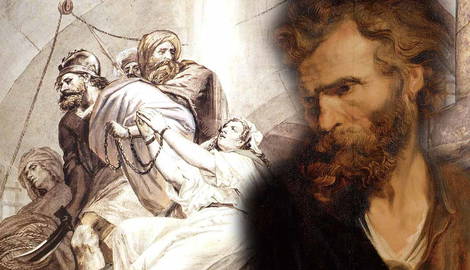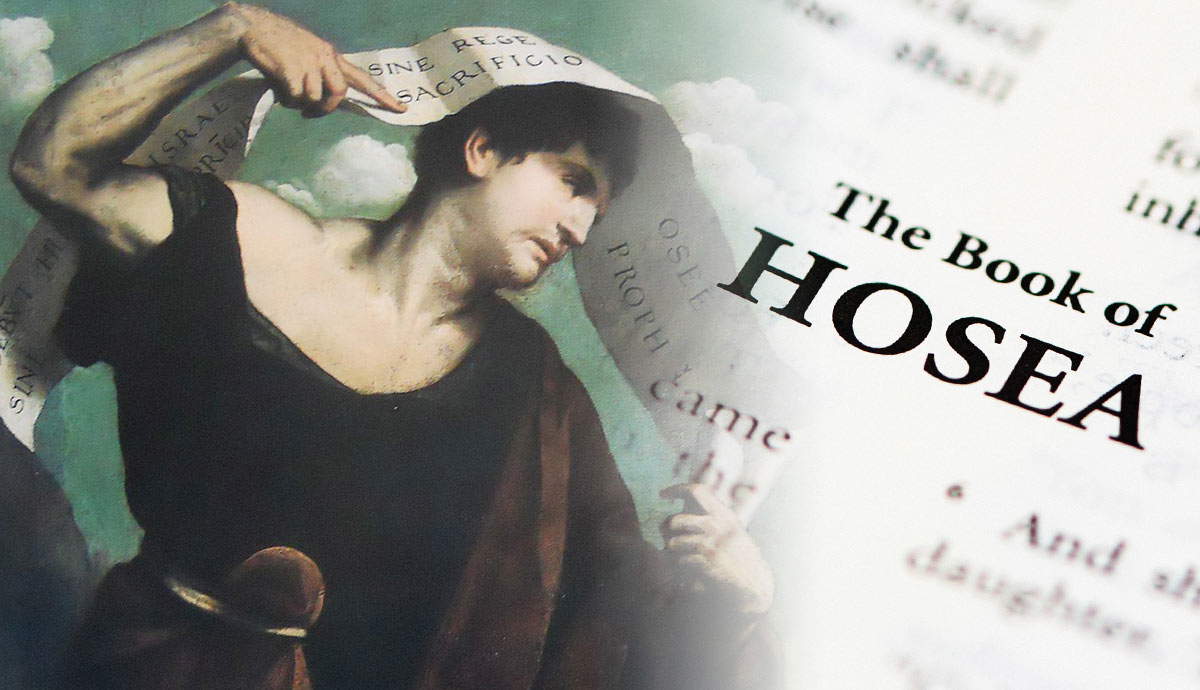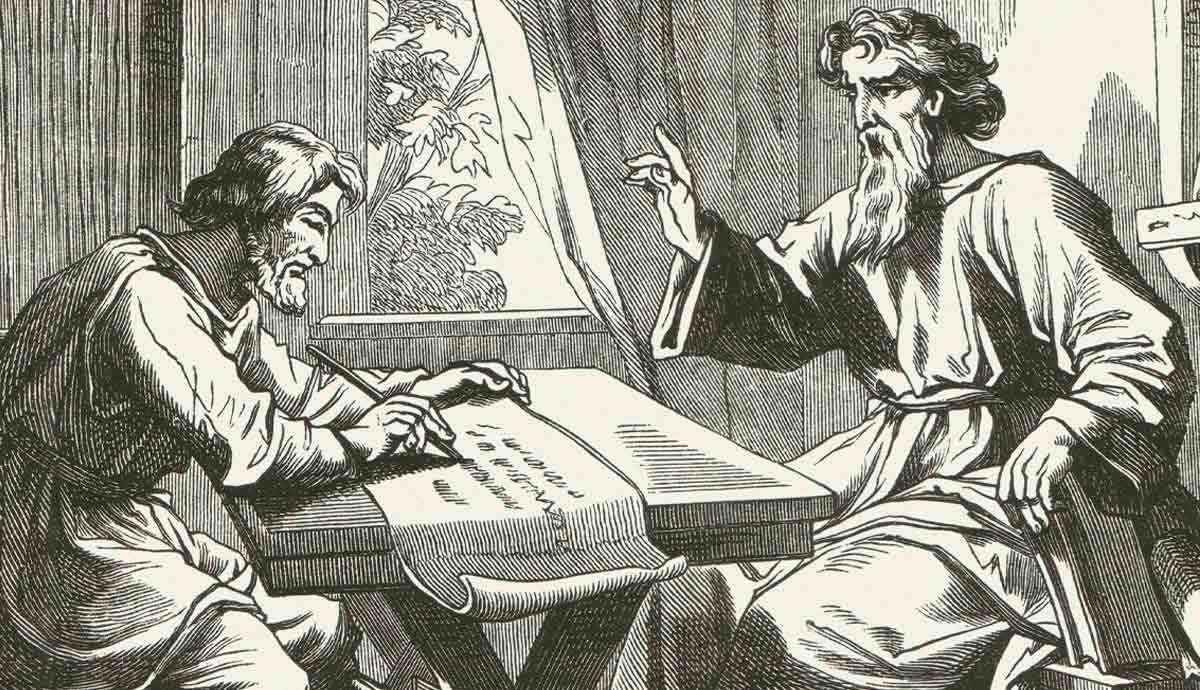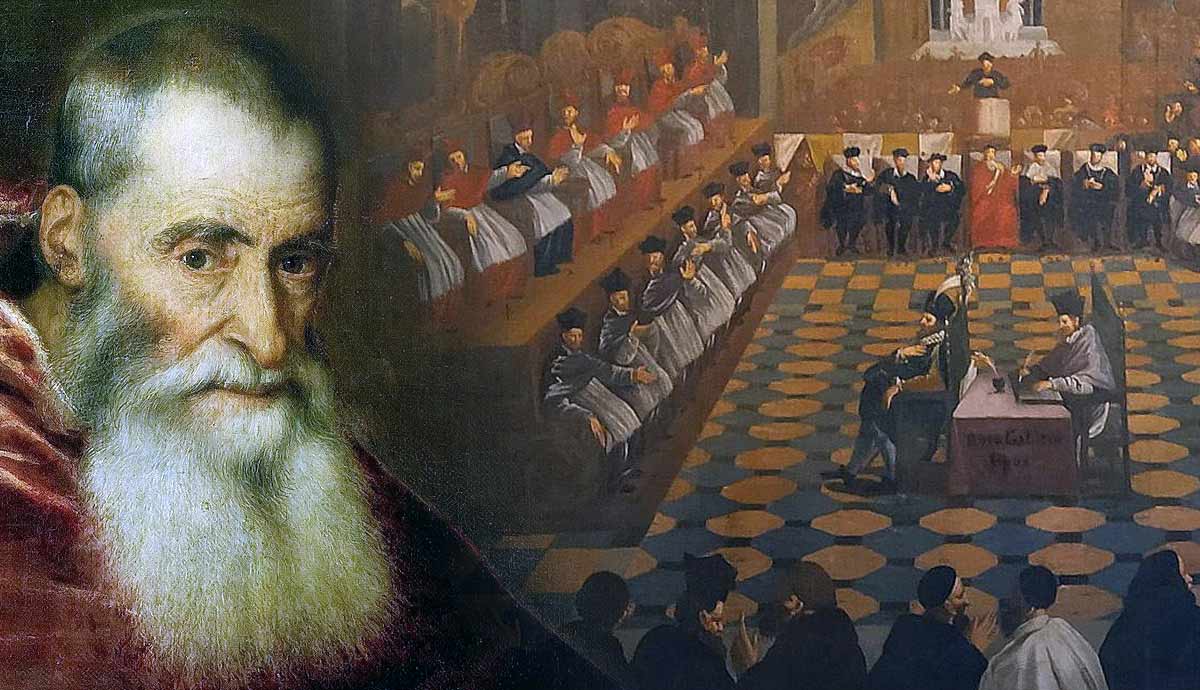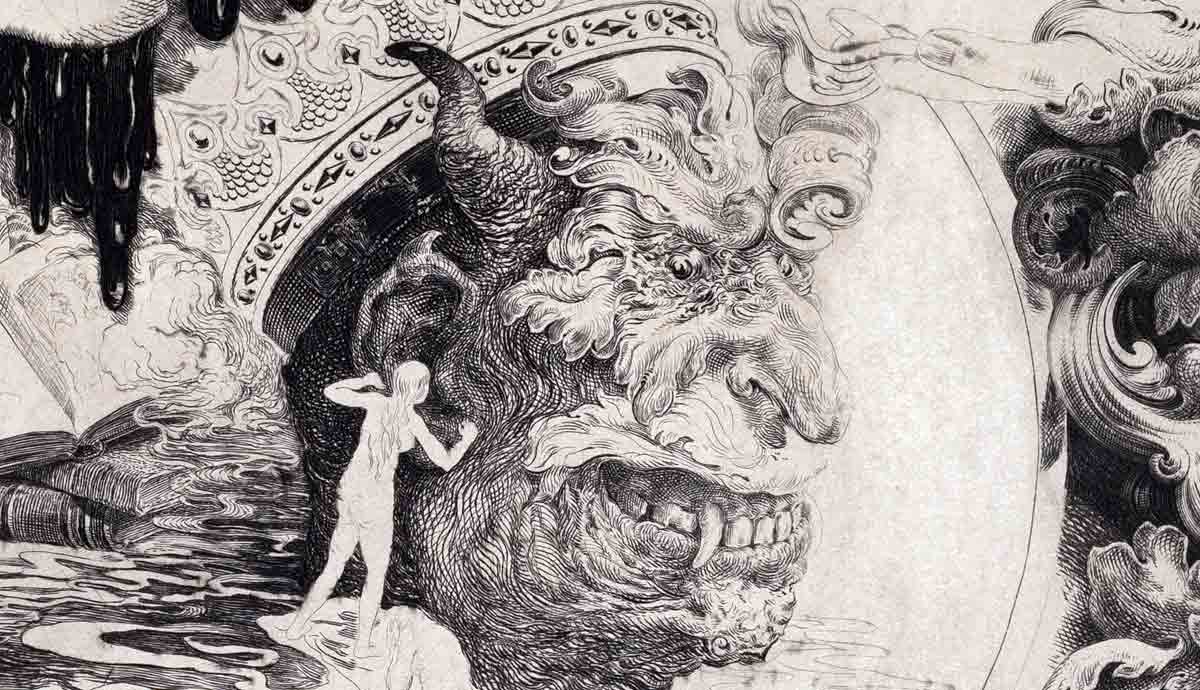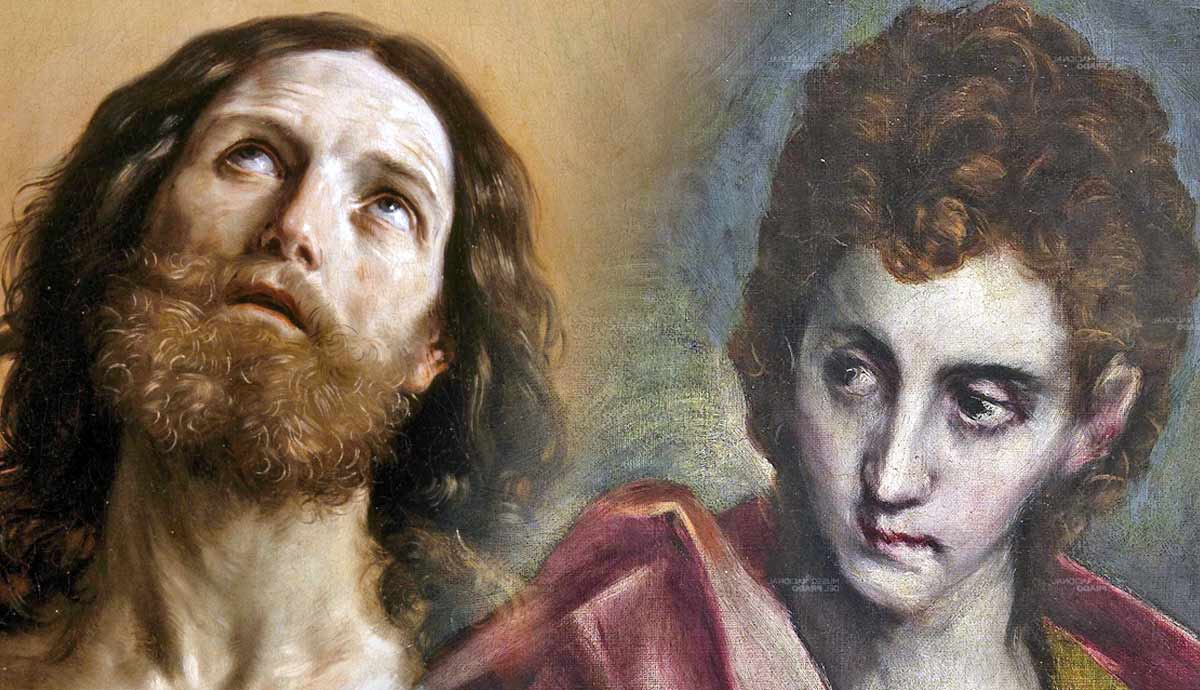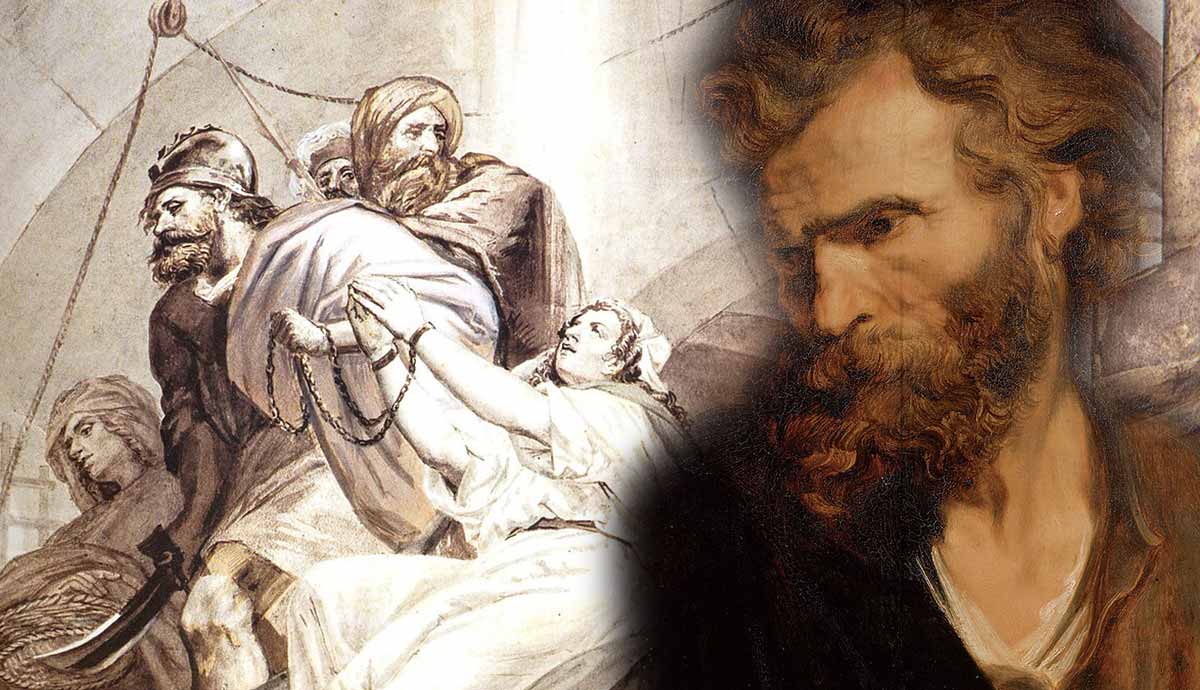
Thaddeus was one of the Twelve Disciples and has many names. He is known as Judas Thaddeus, Jude Thaddeus, Jude of James, or Lebbaeus. In reality, his name was Judas, and scholars postulate his name has been abbreviated in the English and French translations of the Bible to distinguish him from Judas Iscariot. In most other languages, Judas Iscariot and Jude Thaddeus have the same first name, which is a translation of Ὶούδας (Ioudas) in Koine Greek. Iconography often depicts him with a book in recognition of the epistle attributed to him.
Identifying Thaddeus

In the list provided by Mark, the name Thaddeus appears as one of the Twelve Disciples ordained to minister with Jesus (Mark 3:18). Matthew’s rendition of this list in the King James Version speaks of “Lebbaeus, whose surname was Thaddeus” (Matthew 10:3). The King James was translated from the Textus Receptus, a compilation of manuscripts by Erasmus. Other translations, like the International Standard Version, English Standard Version, and New Revised Standard Version, use older and broader sources than Erasmus used, and these sources omit the reference to Lebbaeus.
Comparing the lists from Mark and Matthew with that of Luke, Thaddeus was none other than Jude, with Matthew adding yet another name. Thaddeus was also called Lebbaeus. It was quite common for people to have more than one name, as is evident from “Simon Peter” (Matthew 4:18) and “Joseph Barnabas” (Acts 4:36).

Matthew and Mark likely called Jude by another name to distinguish him from Judas Iscariot. Both these authors, however, mention that Jesus had brothers named James and Judas (Jude/Juda), among others (Matthew 13:55, Mark 6:3). Luke refers to the disciple Jude as the brother of James in his gospel and Acts. The Author of Jude identifies himself as Jude, the brother of James. Papias of Hierapolis, an Apostolic Father, provided some insight: “Mary the wife of Cleophas or Alphaeus, who was the mother of James the bishop and apostle, and of Simon and Thaddeus, and of one Joseph…” Since James, son of Alphaeus, was a cousin of Jesus, though called brother by extension, this means that Jude Thaddeus was also a “brother” of Jesus.
Some scholars oppose the designation “Judas the brother of James” as per the King James Version, preferring “Judas the son of James.” In the original manuscripts, the two names are mentioned directly after one another with James in the genitive form, indicating possession, thus “Jude of James.” Scholars argue that this form never indicates a brother but would better suit a son. The American Standard Version, International Standard Version, and English Standard Version of the Bible, among others, translate Luke 6:16 and Acts 1:13 using “Judas the son of James.” Though it may seem like a small matter, it holds significant implications for identifying Jude Thaddeus.
First Encounter and Calling as a Disciple

As with his brother James, there is no detail on the calling of Jude to his discipleship. Their close connection to Jesus may indicate that they supported the ministry of Jesus from its inception. He was likely called together with James, like Peter and Andrew, and John and James, the sons of Zebedee.
Character and Personality

Since Jude never features in any of the narratives of the gospel and Acts as recorded in scripture, he was probably not an extrovert or prone to bold statements and acts like, for instance, Peter and the sons of Zebedee.
If Thaddeus is the author of Jude, we know he was well-versed in the Old Testament scriptures. He refers to Sodom and Gomorrah as an example of the destruction of the wicked and refers to the rebellion of the angels.
He must also have been familiar with the gnostic work, The Book of Enoch, and more specifically 1 Enoch, since he refers to Michael as an archangel. The term Archangel never appears in the Old Testament but was common in apocryphal works. Jude also quotes from the Book of Enoch in verses 14 and 15 when he wrote: “Look! The Lord has come with countless thousands of his holy ones. He will judge all people and convict everyone of all the ungodly things that they have done in such an ungodly way, including all the harsh things that these ungodly sinners have said about him.”

His familiarity with these works indicates that he was likely a student of spiritual things but did not limit himself to the Tanakh of Jewish antiquity. He was aware of the gnostic writings and may even have considered them to hold some authority or to have been so influential among his audience that he was willing to quote from them.
Jude, the author of the epistle, seems a transformed man from the silent disciple. His epistle is bold and addresses issues the believers experienced. James offers a strong warning against false teaching that was prolific in the early church.
He nevertheless comes over as a kind person in his opening salutation to the readers and in his gracious doxology at the end. He motivates with strong words in between, saying:
“Dear friends, although I was eager to write to you about the salvation we share, I found it necessary to write to you and urge you to continue your vigorous defense of the faith that was passed down to the saints once and for all.”
His words are endearing, considering his readers as friends, though he did not shy away from speaking sternly when it was required. It speaks to a character of integrity that, though kind, could do the right thing if and when needed.
Significant Encounters

The Bible does not detail any significant encounters between Jesus and Jude Thaddeus. It never mentions him in any other context than the lists of disciples and in connection with his relation to Jesus.
Legacy and Tradition

According to legend, Thaddeus was the son of Mary and Clopas (also known as Alphaeus). If true, he was the brother of James the Lesser. Neither the gospels nor Acts make such a claim, and it is unlikely in the light of other disciples who are identified as brothers. Nevertheless, if he was the son of Mary, the wife of Clopas, Mary, the mother of Jesus, was his aunt. That would have made him a cousin of Jesus.
Some traditions claim that Thaddeus worked alongside Simon the Zealot and that they ministered in Judea, Samaria, Idumaea, Syria, Mesopotamia, and Libya. Some Latin versions of the Bible refer to Jude the Zealot, which may explain why they worked together. The Bible, however, never aligns Jude with the Zealots, a political movement that wanted to expel the Romans from the Holy Land.
Tradition holds that Jude visited Beirut and Edessa, and he is associated with Thaddeus of Edessa. This association with Edessa may have its origin in the legend that the King of Edessa requested Jesus to heal him of leprosy. The king sent an artist to create an image of Jesus and bring it to him. Jesus was touched by this act of faith on the part of the king. Jesus then took a cloth and pressed it to his face to make an imprint on it. He then sent the imprinted cloth with Jude to take to the king. Upon receiving the cloth, the king was healed from his disease.

Artists often depict James Thaddeus as holding an image of Jesus and having a tongue of flame above his head. The latter aspect is a reference to his being present at Pentecost and having received the Holy Spirit.
Jude Thaddeus is widely venerated with shrines and churches erected in his memory in Africa, North and South America, Australasia, and England. Many believers, specifically from the Catholic tradition, consider him the patron saint of the hopeless and the despairing.
Death

There are several traditions on the death of Thaddeus. The first holds that he was crucified at Edessa where he established a church. The second has him executed with a club or axe in Persia. Another has him captured by pagans after preaching the gospel in Armenia. They then crucified him and shot him to death with arrows. Many works of art depict the death of Thaddeus.
His remains were supposedly taken to Rome and placed in St. Peter’s Basilica with the remains of Simon the Zealot. They were placed under St. Joseph’s Altar where they remain to this day. In 1665, one of his arms was removed and placed in a reliquary.
